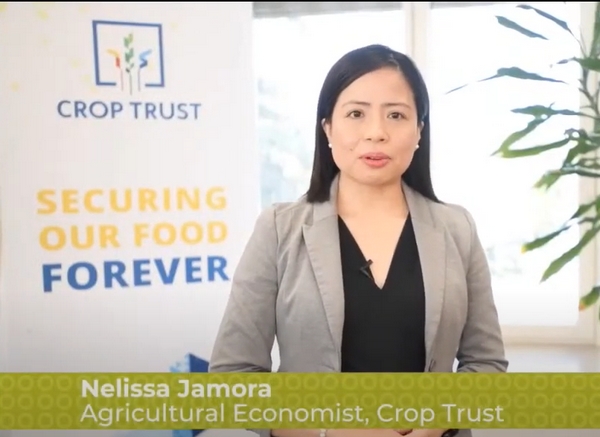On April 3, 2025, in the village of Sarilaba B, South Jawai Subdistrict, Sambas Regency, Indonesia, a promising model of grassroots agricultural development took place—one that blends food security goals, smart farming techniques, and community empowerment. Led by Babinsa (village supervisory non-commissioned officer) Sertu Raja Hartono, this initiative uses hydroponic vegetable farming as a tool to strengthen local food resilience (Ketahanan Pangan).
Through daily territorial guidance (Komsos) with local residents, including hydroponic farmer Mr. Supardi, Hartono is helping demonstrate the benefits of hydroponic cultivation right from the community’s heart—on land next to the village office. The hydroponic system grows a variety of crops, including leafy greens like mustard greens (sawi) and citrus plants, providing both household food and income opportunities.
Hydroponics offers numerous advantages, especially in rural and space-limited areas. As Hartono explained to local farmers, hydroponic systems:
- Save space, making them suitable for small yards or urban settings;
- Produce cleaner, fresher, and healthier vegetables;
- Reduce energy and labor inputs;
- Offer quicker growing cycles;
- And enable better pest and disease control.
Globally, hydroponics is gaining ground as a sustainable farming method. According to FAO reports and market analyses, the hydroponics industry is projected to grow by over 10% annually through 2030, driven by the need for efficient land use, year-round production, and improved nutritional quality. Moreover, studies indicate that hydroponic systems can use up to 90% less water than traditional soil farming—an essential consideration for regions with limited water access or climate variability.
Beyond food production, Hartono emphasized the broader goal: inspiring others to convert unused land—like home yards—into productive micro-farms. By growing food at the household level, residents can reduce dependency on external food supplies and generate income through local sales.
This model aligns with Indonesia’s national food security agenda, where community-led agriculture plays a critical role. With support from local leadership, village heads, and military personnel like Babinsa officers, pilot projects such as the one in Sarilaba B are paving the way for scalable rural innovation.
“Hydroponic farming isn’t just for family consumption,” Hartono noted. “It’s a real opportunity to improve local income, promote healthier diets, and make the best use of limited space.”
The collaboration between the Babinsa of Sarilaba B and local hydroponic farmers offers a replicable blueprint for rural communities across Indonesia and beyond. By integrating hydroponic systems into household spaces and involving local leadership in agricultural guidance, the initiative reinforces how small-scale innovations can contribute meaningfully to national food security and economic development.












